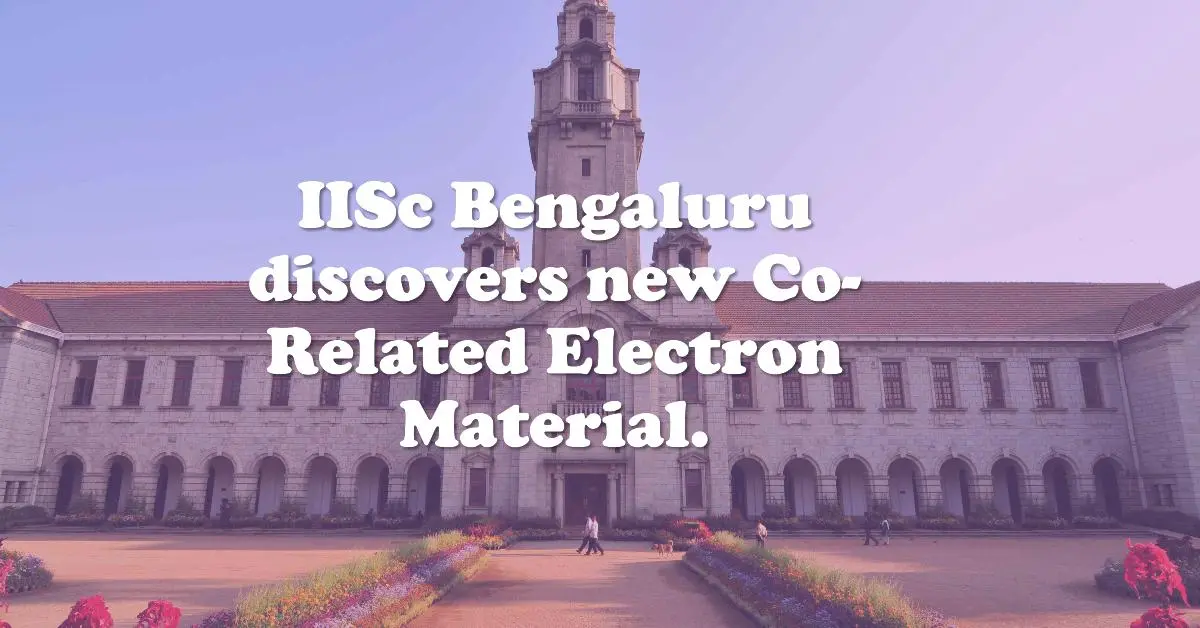Researchers at Indian Institute of Science (IISc Bengaluru Research team), with researchers from Japan, Denmark and the US, have become successful in manufacturing a material that allows them to control the temperature at which a material behaves as a conductor or an insulator. setting the ground for an electronic switch that is more proficient than a semiconductor.
As per the Division of Science and Innovation: “By and large, most normally experienced materials are either electrical conductors (like copper or aluminum) or electrical insulators (like plastic and paper). Correlated electron materials are a class of materials that undergo an electronic transition from an insulator to a metal. However, these transitions work as a function of temperature, making them less useful in devices such as an electronic switch that usually operate at a constant temperature (usually room temperature). Further, these transitions occur at a temperature that might not be relevant for room temperature operations”.
Also Read: IIsc Bengaluru Invites Gateless Applications for M.Tech in Robotics and Autonomous systems.
Design of Material proposed By IISC Bengaluru researchers
The groups of researchers, including Prof. Naga Phani and his associates at the strong state and underlying science unit at IISc Bengaluru, proposed and exhibited a three-layer structure that involves an ‘functioning’ channel layer that goes through the conductor to insulator change, a charge repository layer that can ‘dribble’ electrons into the dynamic layer and control the temperature at which the progress happens, a charge-directing spacer layer between the dynamic layer and the supply layer which manages the stream (or ‘trickle’) of electrons from the repository layer to the dynamic layer.
This examination was published in the journal Nature Communications. The clever manufactured materials layer that the scientists proposed totally removes with the need to add an ‘pollutant’ to change the materials’ properties. Further, the authors developed an easy-to-synthesize and replicate amorphous-layer design for the reservoir and the spacer layers.
Conclusion:
This work empowers the review and control of properties of these extraordinary materials that can be the two encasings and guides. Further, this work shows that electronic ‘gridlocks’ that lead to protecting conduct in these materials are very difficult, and challenge how we might interpret connected electron materials.
Recommended Articles.
Discover more from WireUnwired Research
Subscribe to get the latest posts sent to your email.





What’s Happening i am new to this, I stumbled upon this I have found It positively useful and it has aided me out loads. I hope to contribute & assist other users like its helped me. Good job.